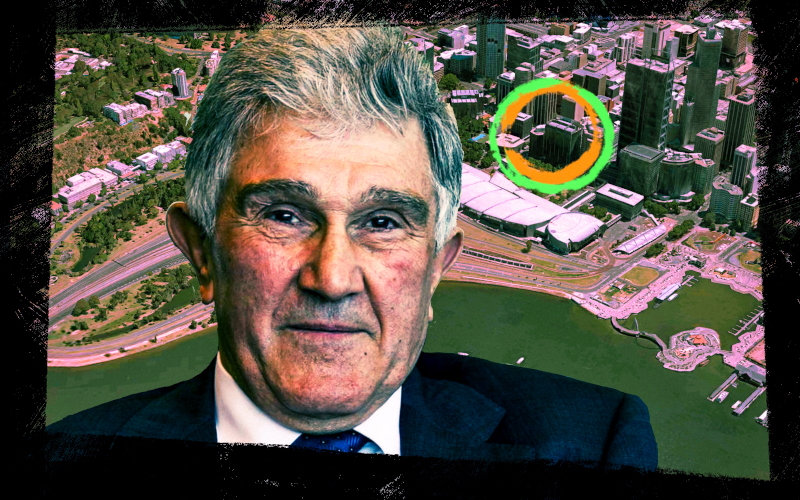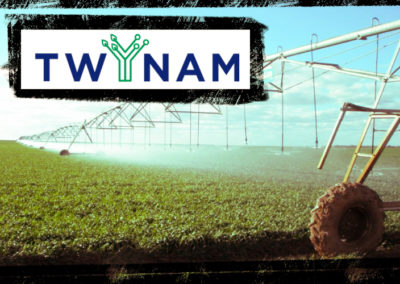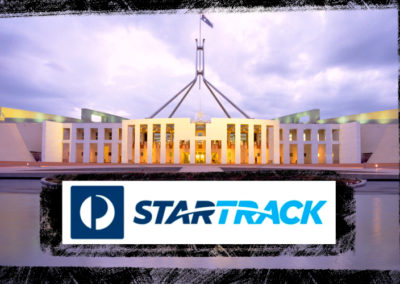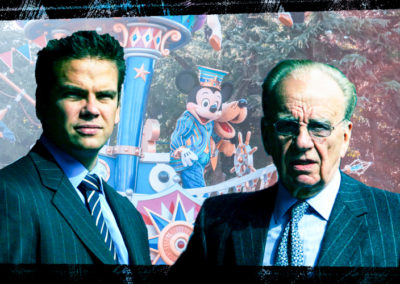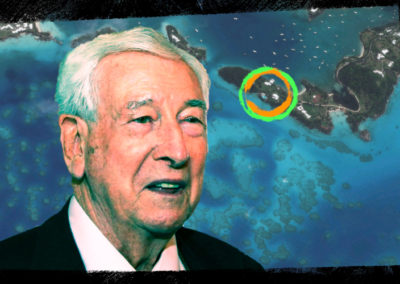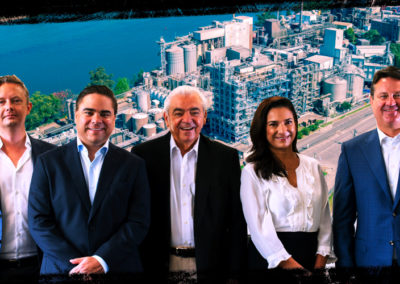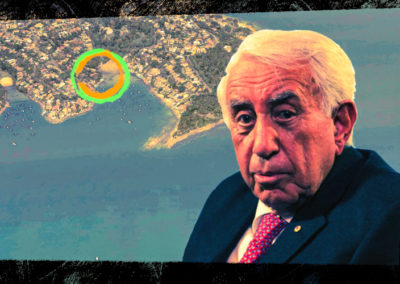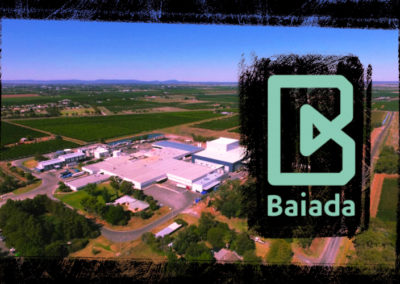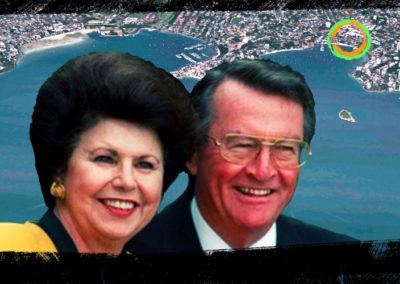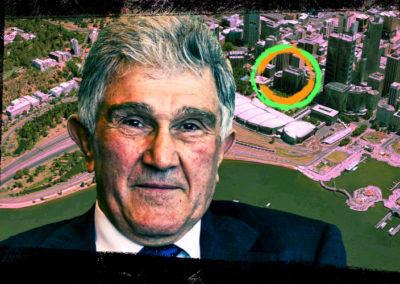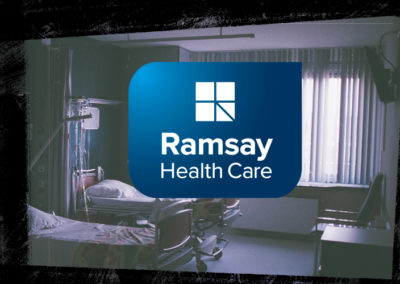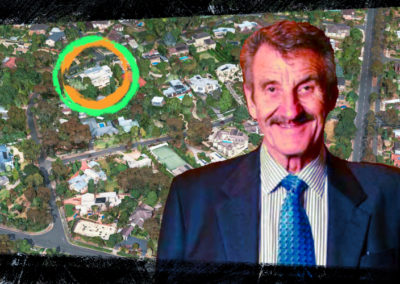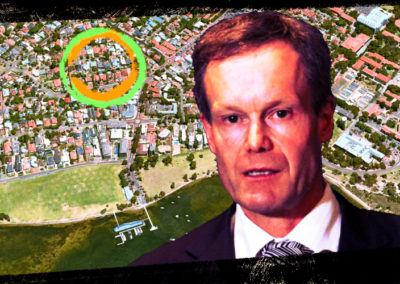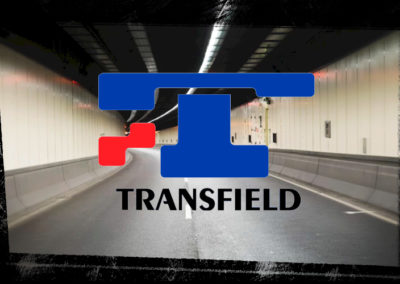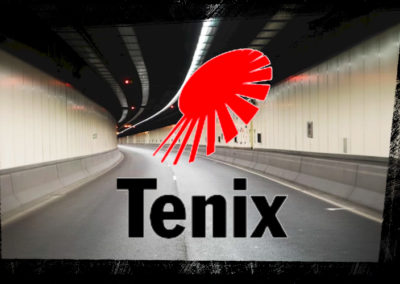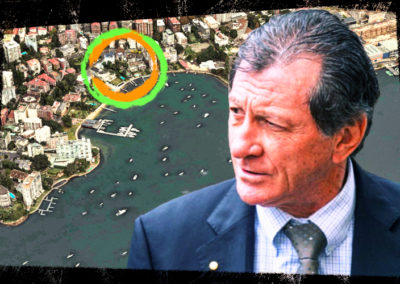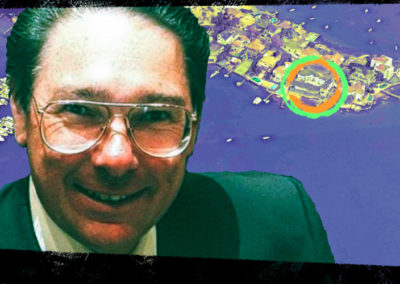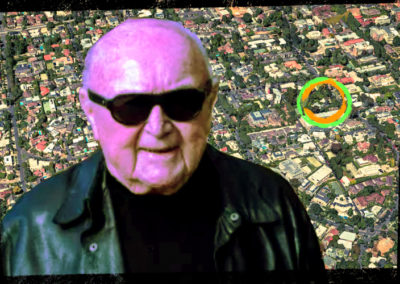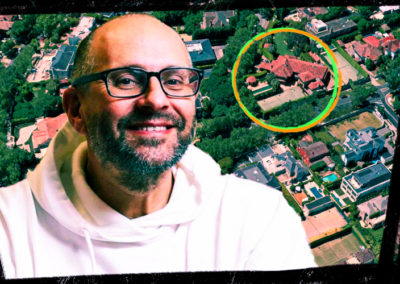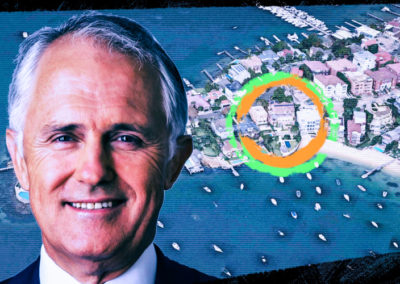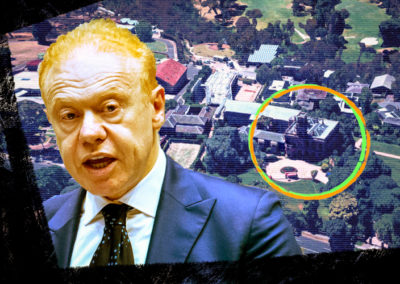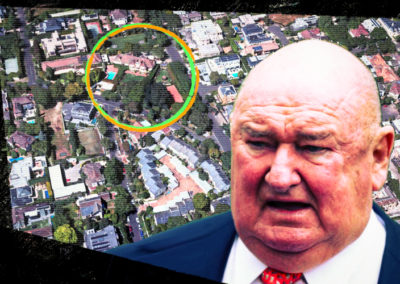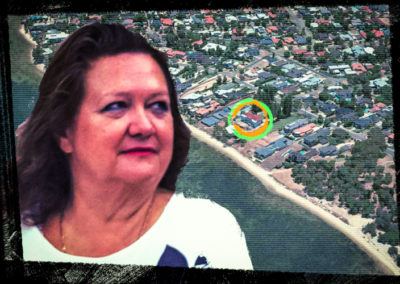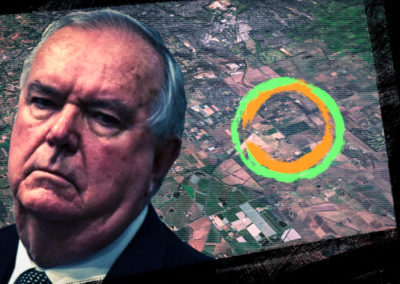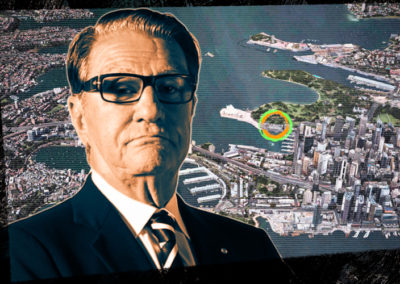Ralph Sarich rose to fame in the 1970s as the inventor of the Orbital Engine and Orbital Combustion Process. After selling his stake in Orbital, Sarich ploughed his profits into property development and investment, establishing Cape Bouvard Investments, a Dark Company which enjoys the grandfathered exemption.
| Top 200 Rich List (2020) | No. of Dark Companies: 1 | Political Donations since FY 1998-99 |
|---|---|---|
| Rank: 94 | Cape Bouvard Investments Pty Ltd | Labor Party: $20,200 |
| Wealth: $1.1b | Coalition: $94,500 | |
| Wealth (2019): $1.2b | Independent: $0 | |
| YoY wealth change: -8.3% | Total: $114,700 |
The son of Croatian immigrants, Sarich began his career as a fitter and turner for Western Australian Railways. In 1972, Sarich won the Inventor of the Year award in ABC’s The Inventors for his Orbital Engine. At the time, Sarich’s invention was revolutionary, with better fuel economy and fewer emissions than his competitors.
However, issues with overheating deemed the engine impractical for large scale usage. Sarich sold most of his shares in Orbital for $80.4 million in 1993. In 1988 Sarich received an Order of Australia for his contribution to engineering.
Sarich founded Cape Bouvard Investments (CBI) in 1986. The Dark Company is currently run by Sarich’s son Peter Sarich. Over the years, CBI has been involved in several high profile deals. In 2017, CBI purchased Waterloo Junction, a five-level office and retail space in Brisbane, from the Fairfax family for $47 million.
Last year, CBI developed the $66 million Halls Head Commercial Centre, which consists of a Bunnings Warehouse and 1.4 hectares of zoned residential land.
CBI is also a vessel for Sarich’s philanthropic work. In 2008 Sarich donated $20 million towards the Ralph and Patricia Sarich Neuroscience Research Institute in Western Australia. Since its establishment, CBI has donated $85 million, $76 million of which has gone to medical research.
Staff writers who have worked on one or more of our special investigative projects include Zacharias Zsumer (War Powers), Stephanie Tran, Tasha May and Luke Stacey.
